Here's the deal...
When you think of landscape photography, I'm betting that you think of using a wide-angle lens.
Who wouldn't?
After all, wide-angle lenses are ideal for capturing the vastness and beauty of landscapes from the seaside to the desert and everything in between.
But wide-angle lenses aren't the only lenses for landscape photography.
Wide-Angle Lenses are the Easy Way Out
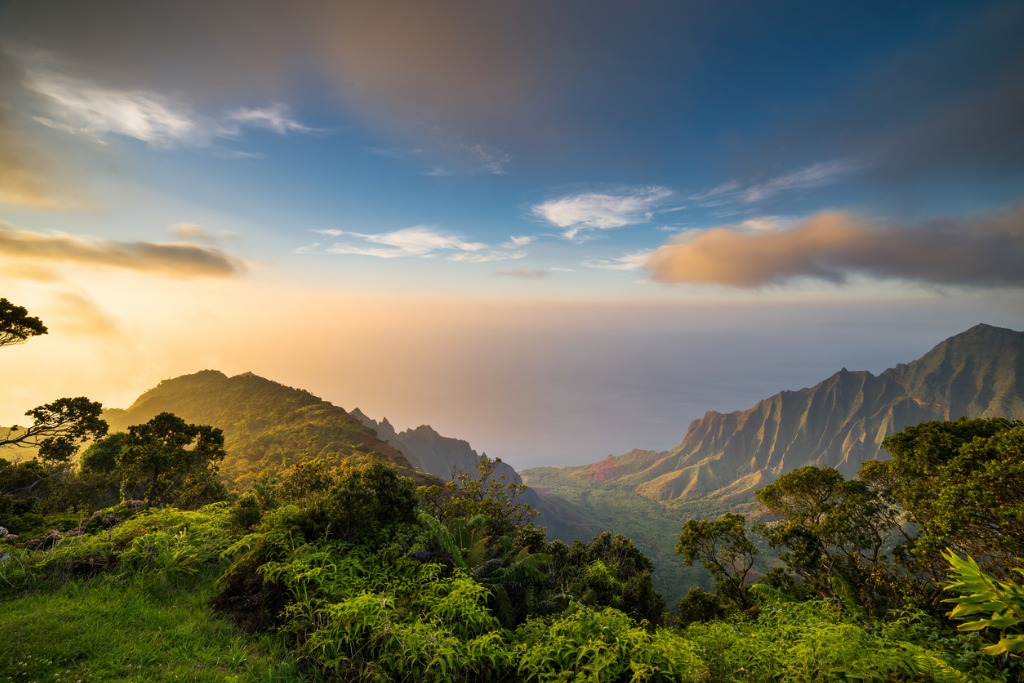
Don't get me wrong - I love using a wide-angle lens for landscape photography.
But if I'm honest, it's a bit of an easy way out.
That's because with a wide-angle lens, you just stand there and you can capture most of the scene before you.
Again, those large, sweeping views are great and can make for a gorgeous photo, but sometimes, you need to challenge yourself to take your landscape photography a little further. You can do that with a longer lens.
Long Lenses Help You Explore the Landscape

The great thing about using a longer length lens for landscape photography is that it encourages you to get out there and actually experience what you're photographing.
Unlike with a wide-angle lens, a longer focal length helps you find the small details in a larger landscape that make for more unique and interesting landscape photos.
That is, with a short telephoto lens, for example, or even a long telephoto lens, you can pick pieces and parts out of the landscape to highlight as the subject of your photos.
It might be a rock or a tree, a flower or even just a shadow, but the point here is that a longer lens will reveal things about the landscape that might otherwise get lost in a wide-angle shot.
Therein is an important point - with a wide-angle lens, you really get just one type of photo.
But with a longer lens - especially if it's a zoom like a 24-70mm or a 70-200mm, you can get wide shots, telephoto shots, and standard shots in between.
Long Lenses Help You Develop Your Creative Eye
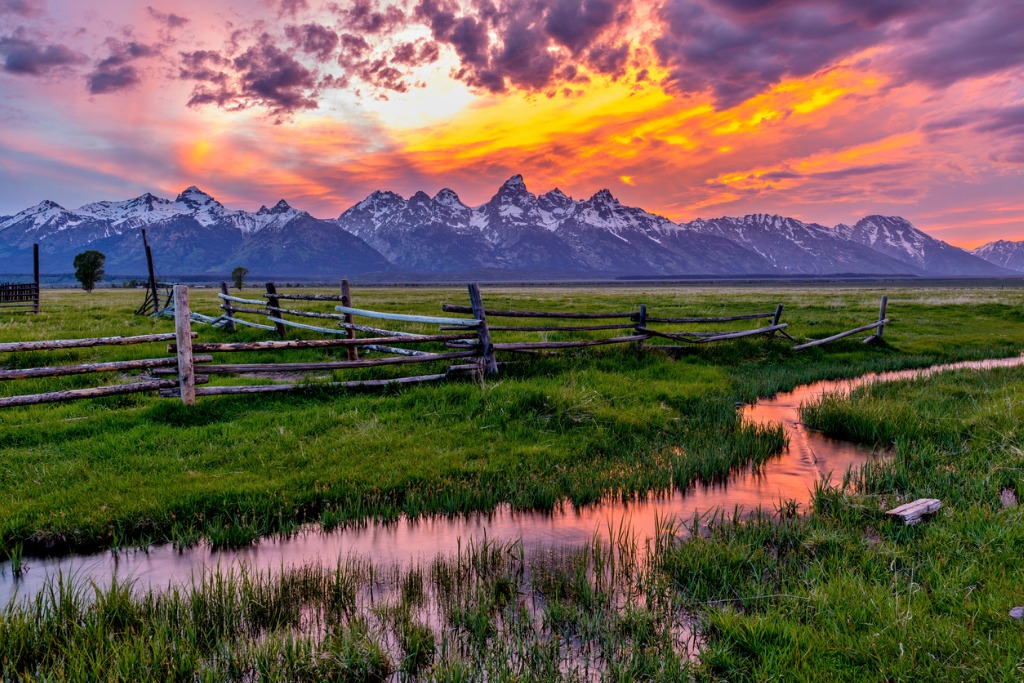
Another benefit of shooting landscapes with a long lens is that they challenge you in ways that a wide-angle lens typically doesn't.
By that, I mean that a long lens forces you to find the most interesting aspects of a landscape and find ways to turn them into a jaw-dropping shot.
For example, if you're photographing the Grand Tetons, a wide-angle shot like the one above is certainly a showstopper (and a photo you should definitely take).
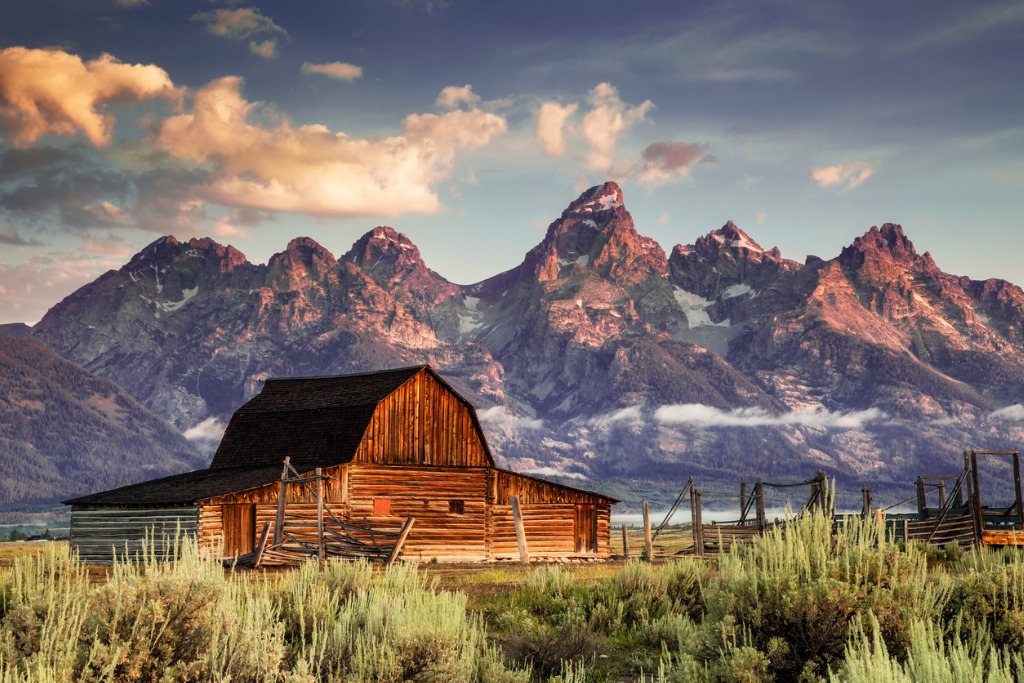
But the beauty of that part of the world doesn't just exist on the macro level.
Instead, you can use a long lens to find creative ways to portray the rugged beauty of the area in a smaller vignette.
Above, you can see how a longer focal length helps bring the mountains closer to the barn by compressing the distance between the two.
What's more, there's a restricted view from left to right, which forces us to inspect what we can see in greater detail.
The result is a dramatic and impactful shot that zeroes in on the detail of the barn set against the peaks of the Tetons.
A Long Lens for Landscape Photography Helps You Avoid Distractions
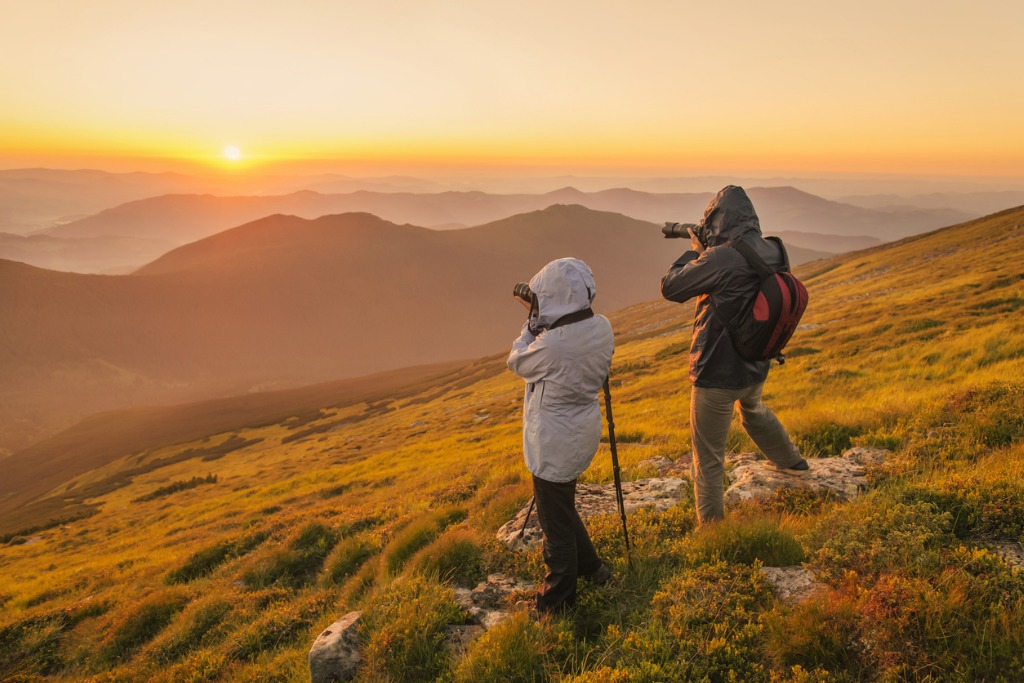
Yet another benefit of shooting landscapes with a longer lens is the fact that you can more easily avoid distractions in the landscape for a more fine-tuned and focused shot.
That is, how many times have you been in a national park and found that there's a trash can or a sidewalk in view when you take a wide-angle shot?
It happens all the time when I'm out shooting, which is why I always have a longer lens handy.
Again, by providing the viewer with a narrower shot of the scene, you can more easily avoid those unsightly distractions and focus their attention on what should be the star of the shot - the gorgeous elements of the landscape before you.
There are plenty of other virtues of landscape photography with a long lens, too.
In the video above, Thomas Heaton outlines some of the same benefits I've discussed here, as well as a few more he's learned over the course of his career.
Beware When Using a Long Lens, Though...
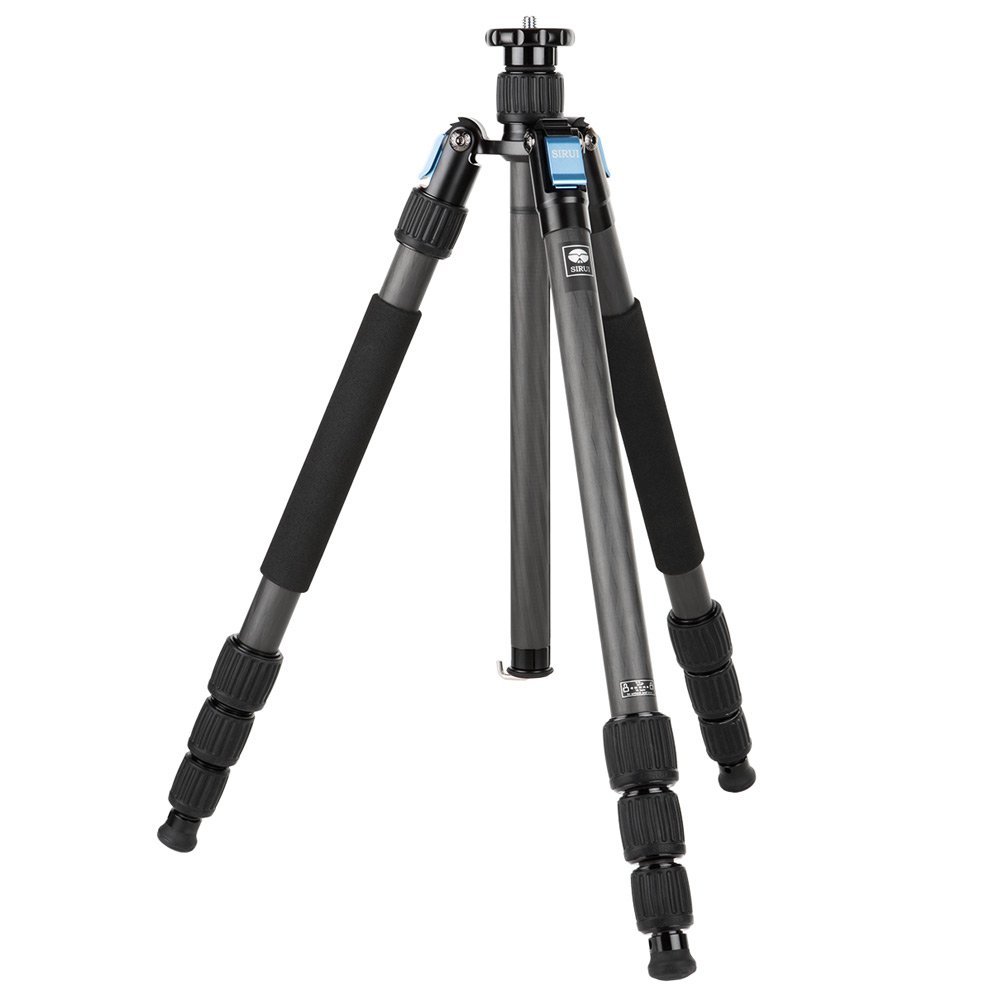
One of the nice things about a wide-angle lens is that you can often shoot handheld with them without much worry of camera shake to diminish the sharpness of the photo.
But with a longer lens, it's much more difficult to hold the lens steady. That means you need to take measures to keep your images as sharp as possible.
That, of course, also means that you need a tripod to provide your camera and lens with the stability they need.
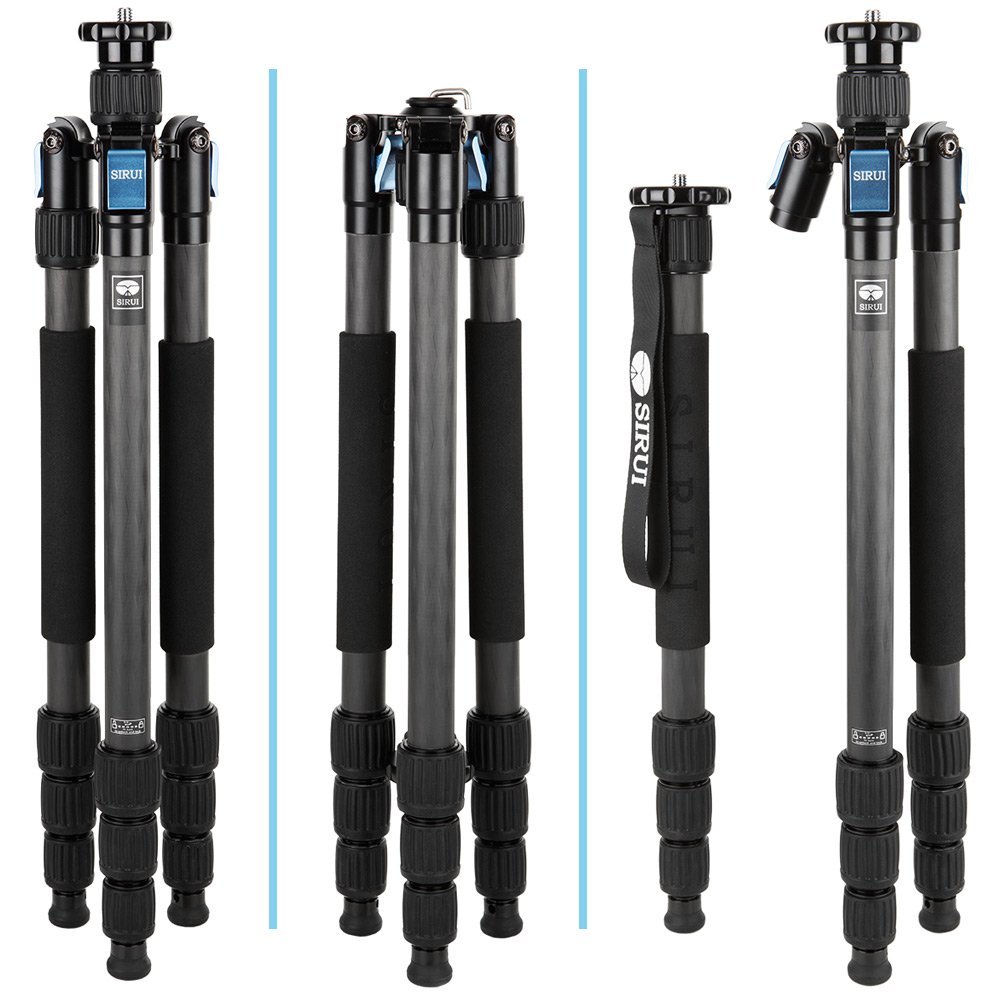
For many years, I refused to shoot with a tripod in most situations because I thought they were too heavy, too bulky, and too complicated to setup. I was afraid I would miss shots while I was fiddling around with the tripod.
But then I got a Sirui W-2204 tripod, and it completely changed my outlook on using a tripod for landscape photography.
Not only is this rig easy to setup with twist leg locks, but one of the legs also converts to a monopod when I want to stabilize my camera but don't need the full tripod.
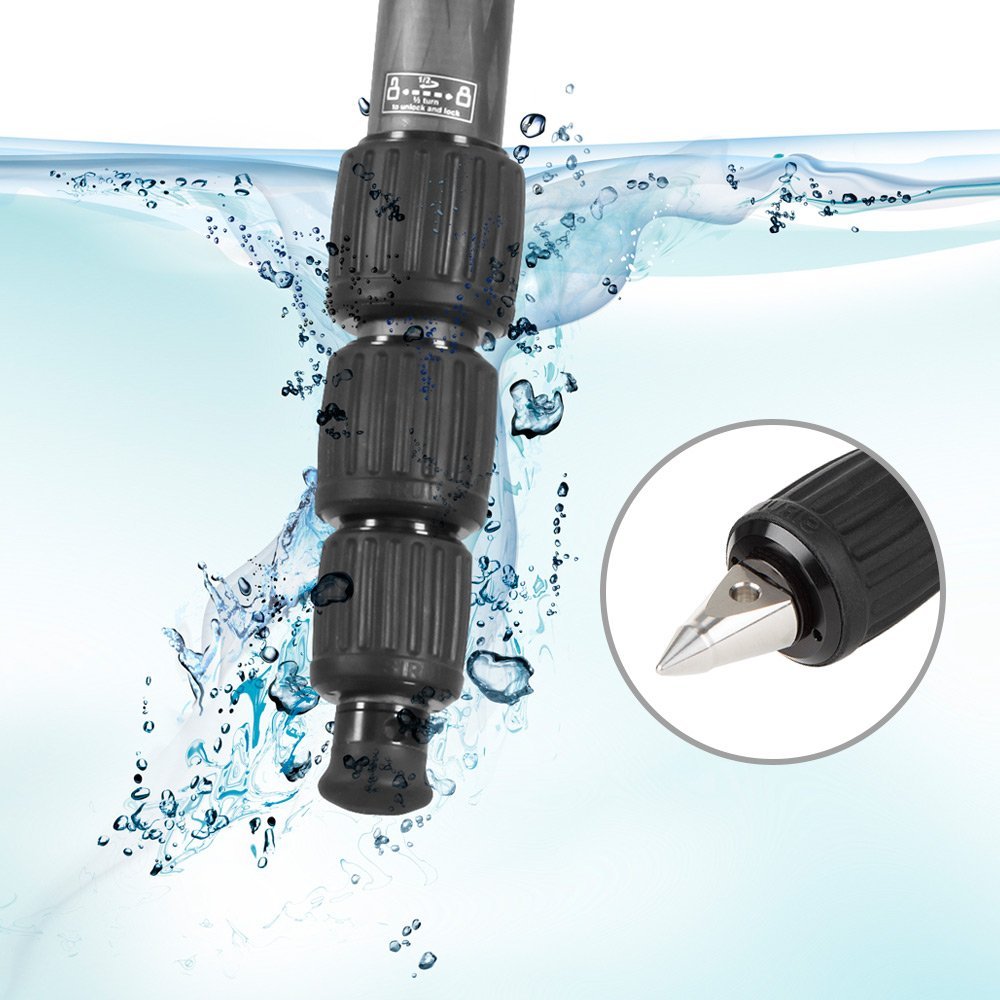
Additionally, this tripod is waterproof, which means I can plunk it down in the rising tide or a stream and not be concerned about the legs filling up with water and dirt.
And since it's made of carbon fiber, it's not only strong but super lightweight, too.
I've had various tripods over the years, but this one is among my favorites, and I think it's obvious why.
It's easy to use, rock solid, and totally versatile.
If you're ready to jump on the telephoto landscape photography bandwagon, I can't think of a better tripod to help you get the sharpest possible photos.
This blog post about the topic "Throw Away Your Wide-Angle Lens" was first published on our website here https://www.photographytalk.com/landscape-photography/8483-throw-away-your-wide-angle-lens
